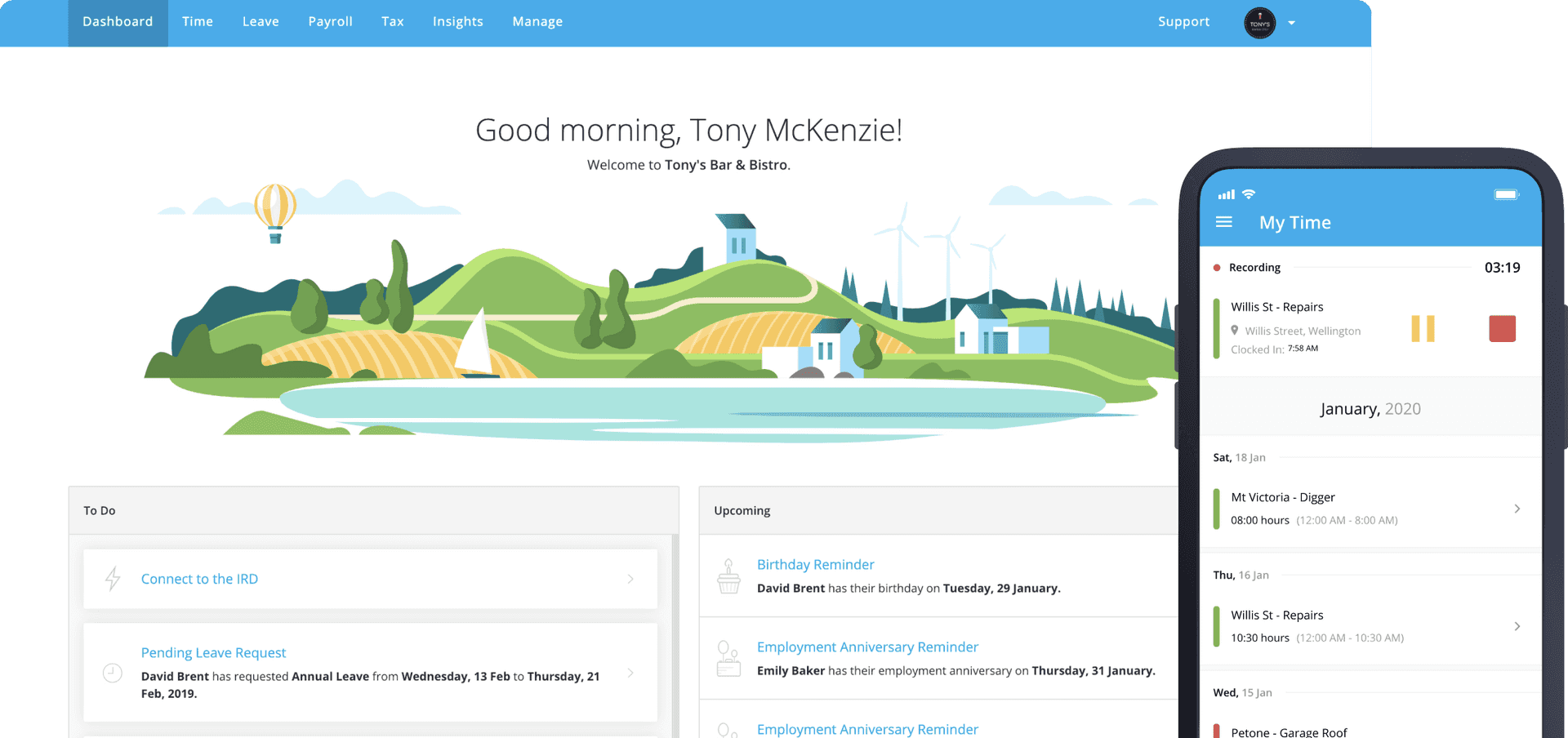Holidays Act
Holidays Act Review: The Right Questions
September 18, 2018
Earlier in the year we were happy to see the Government set up a Holidays Act Task Force to look at the problems with the Holidays Act. A few weeks back, the Task Force released their first document for consultation: an Issues Paper. It had a good summary of many of the problems plaguing employers and employees. The thing that caught my eye was the first question under a section entitled Ideas for change.
Are the broad principles that underpin the Holidays Act (that entitlements are to be determined in relation to the work pattern at the time the leave is taken and that employees should not be financially disadvantaged by taking leave) still appropriate?
This question is very encouraging in that it suggests an open mind towards the most fundamental change required – moving towards an accrual approach for leave.
The sentence in brackets…
that entitlements are to be determined in relation to the work pattern at the time the leave is taken and that employees should not be financially disadvantaged by taking leave
… infers that all that prevents the employee from being financially disadvantaged is using the work pattern at the time the leave is taken that.
However, using the current work pattern can also result in situations where the employee is significantly disadvantaged.
Take this example:
Brian has worked for his employee as a 40 hour per week employee for some years, earning $1000 per week. He has thirty days of annual leave due and, being a generally healthy person, 20 days of sick leave.
Unfortunately Brian’s partner is diagnosed with a terminal disease. Brian’s employer agrees to reduce his work to just two days a week so he can spend more time with his partner. Brian decides to keep the six weeks of leave, with a value of $6000 up his sleeve for when he needs to spend more time at his partner’s side.
On his first payslip after the change in work pattern he is shocked to see that his annual leave has now reduced to just twelve days from thirty. He talks to his payroll administrator and they show him that the value of that leave if he were to take it now is still just a shade under $6000, so he is content that he’s not being disadvantaged.
Nine months go by. Brian’s partner’s health deteriorates, and Brian decides to take his annual leave. He gets a shock when he receives his payslip for the first week of leave – instead of getting the $1000 he expected (and would have received had he taken the leave nine months earlier) he only received just over half this amount. In subsequent pays the payment for leave continued to drop.
As the nine months passed his average pay rate has dropped because his new work pattern starts to have an effect on his average rate. So while his entitlements are determined in relation to the work pattern at the time the leave is taken (albeit still partly affected by his work pattern nine months earlier) it hardly seems that he is not financially disadvantaged.
Fortunately for Brian, the way sick leave works is completely different. The employee’s work pattern makes no difference to sick leave that has been accrued. Consequently he can take his full twenty days. At a rate of two days per week, he will be able to take ten weeks off. If, during that time, he crosses his sick leave anniversary he will accrue another five days of sick leave (despite only working two days a week), so will have a further two to three weeks of leave. Brian gets to take almost a quarter of a year’s sick leave.
One of the criteria we’ll be asking to Holidays Act Task Force to consider is how understandable and verifiable Holidays Act calculations are for employees. As this scenario exemplifies I think it’s fair to say calculations of annual leave and sick leave are far from intuitive.
Most of the problems that the Issues Paper identifies are fixed by simply changing to an approach where leave accrues as time passes. I’ve been a proponent of an accruing method for some time.
In particular, having a known, immutable value of leave provides surety for employers and employees. In Brian’s case he would have been able to plan his future with full knowledge as to the value of his leave, predictability as to how it would continue to accrue, and identical logic applying to his sick leave.
And while it doesn’t address every issue, it would certainly put an end to the multi-million dollar catch-up payouts that employers across the country are facing because the got the calculations wrong.
Hopefully, the fact that this is the first question in the paper’s Ideas for change section indicates this fundamental change is being seriously considered.






